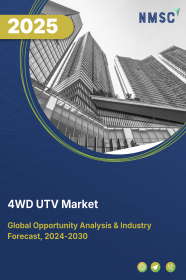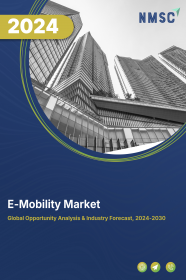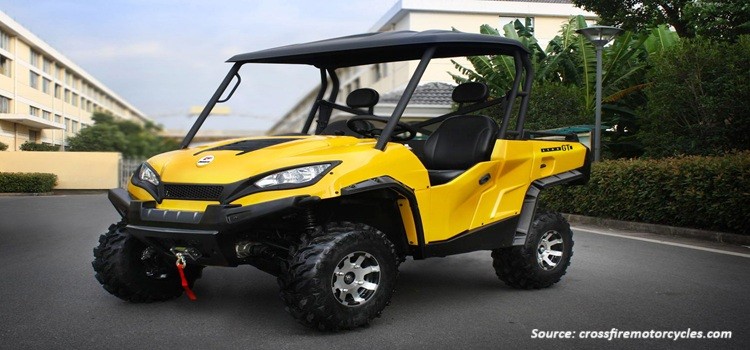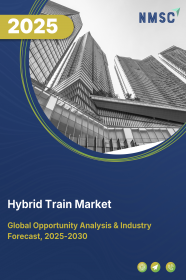
Hybrid Train Market by Battery Type (Lead acid, Lithium-ion, Sodium-Ion, Nickel, Cadmium , and Others), by Operating Speed (Below 100 KM/H, 100–200 KM/H, and Above 200 KM/H), by Service Power (Less than 2000 kW, Between 2000 to 4000 kW, and Above 4000 kW), by Propulsion Type (Electro Diesel, Battery Operated, Hydrogen Powered, Gas Powered, Solar Powered, and Others), by Application (Passenger and Freight) – Global Opportunity Analysis and Industry Forecast 2025–2030
US Tariff Impact on Hybrid Train Market
Trump Tariffs Are Reshaping Global Business
Hybrid Train Market Overview
The global Hybrid Train Market size was valued at USD 20.40 billion in 2024 and is predicted to reach USD 29.75 billion by 2030 with a CAGR of 6.5% from 2025-2030.
Some of the factors that drives the hybrid train market are boosting urbanisation, product launches by the key players and global pledge towards net-zero carbon emissions. The competition is however, hampered by the massive initial investment but otherwise, integration of autonomous technology into hybrid locomotive is expected to provide enormous future opportunity. Further, few key players such as Canadian National Railway Company, CRRC Zhuzhou Locomotive Co., Ltd., and Union Pacific Railroad Company are embracing various business tactics such as market development and product developments to retain their supremacy in the market.
Boosting Urbanisation Globally Fuels the Market Growth
The hybrid train industry is driven by the growing urbanisation globally that surges the demand for efficient and reliable public transportation systems to facilitate movement of people. As per the latest report brought out by the World Bank, urban population aggregated 4.40 billion during 2023 and is anticipated to cross 8.80 billion by the year 2050 with a growth rate of 100%. As the population in the urban areas increases, the demand for sustainable transportation comes into the picture to curb traffic congestion and decrease environmental footprint and this contributes towards an increase in the market growth.
Product Launch by Notable Players Spurs Market Growth
The industry is driven by the presence of key players such as Hitachi Rail Limited, Siemens AG, and CRRC Zhuzhou Locomotive Co., Ltd. who are adopting business strategy such as product launches to maintain its dominance in the market.
In April 2024, Hitachi Rail Limited launched Europe’s first hybrid battery train in Italy to cut carbon emissions. CSX Corporation, in partnership with Canadian Pacific Kansas City, also revealed its first hydrogen-powered locomotive in the U. S. for greater efficiency and zero emissions. Such product launch signifies the growing importance and shift of rail operations towards sustainability that boosts the hybrid train market demand.
Global Pledge Towards Net-Zero Emission Drives Market Growth
The global pledge towards net-zero emission serves as a catalyst for growth in the industry by promoting the usage of hybrid rail transport solutions as it contributes least in greenhouse carbon emission among all the transportation options.
As per the International Energy Agency, Net Zero Emissions Goal by 2050 necessitates CO2 emissions from transport sector to be lowered till 3% per year to 2030. The orientation of hybrid train technology with global goal of reducing greenhouse gases by 2050 promotes increased adoption of hybrid locomotive that leads to growth in the market.
High Initial Investment Hinder Market Growth
High initial investment associated with the development of hybrid train technology for enhanced safety and efficiency adds financial burden to railway operators with financial constraint from adoption thereby hindering the hybrid train market growth.
Integration of Autonomous Technology in Hybrid Train Creates Opportunities
Integration of autonomous technology in hybrid train is anticipated to create significant future opportunity as such integration enhances operational efficiency and safety that aligns with sustainable goals.
For instance, Siemens AG developed autonomous mobility technology aimed at automating train operations and enhancing operational efficiency. The integration of automation and hybrid technology not only addresses the need for greener rail operations but also positions rail operators to meet stringent emission regulations showcasing its future potential.
Market Segmentations and Scope of the Study
The hybrid train market report is segmented on the basis of battery type, operating speed, service power, propulsion type, application and regions. On the basis of battery type, the market is divided into lead acid, lithium-ion, sodium-ion, nickel, cadmium, and others. On the basis of operating speed, the market is grouped into below 100 km/h, 100-200 km/h, and above 200 km/h. On the basis of service power, the market is classified into less than 2000 kW, between 2000 and 4000 kW, and above 4000 Kw. On the basis of propulsion type, the market is grouped into electro diesel, battery operated, hydrogen powered, gas powered, solar powered, and others. On the basis of application, the market is segmented into passenger and freight. The regional breakdown and analysis of each of the aforesaid segments include regions consisting of North America, Europe, Asia-Pacific, and RoW.
Geographical Analysis
North America dominates the hybrid train market share and is projected to maintain its position in the forecasted year due to the growing urbanisation in the region that prompts people to look for sustainable transit options.
As per the report published by the World Bank Group, urban population increased by 3.1% annually in Canada in 2023. With rise in urban population, the demand for sustainable and efficient transit solution heightens that promotes the growth in the market.
Moreover, the market is also driven by the presence of key players such as Wabtec Corporation, Union Pacific Railroad Company and Alstom SA who are adopting various tactics such as introduction of its hybrid train fleet in the region.
For instance, in January 2025, Wabtec Corporation announced the approval of its hybrid locomotive fleet for maintenance operation in the New York area. This strategic advancement not only enhances operational efficiency but also reinforces the commitment of these companies towards sustainable rail solutions driving the market growth.
On the other hand, Asia-Pacific region demonstrates the fastest growth and is expected to continue its dominance in the hybrid train industry in the predicted year due to the government investment aimed on developing sustainable and efficient transit options.
For instance, China's total investment in railway fixed assets summed USD 117 billion in 2024, expanding by 11.3% year-on-year basis. The high investments by the governmental organisation in railway sector for expansion signify the shift towards hybrid train that promotes growth in the market.
Furthermore, the market is also driven by various organisational pledge towards net-zero emission that prompts train manufacturers to develop and adopt less polluting hybrid train. For instance, in February 2024, East Japan Railway launched test run of Japan’s first hydrogen hybrid locomotive with aim to decarbonize railroads. The development reinforces the commitment towards net-zero commission target consequently driving the growth of the market.
Competitive Landscape
Various key market players operating in the hybrid train industry are Alstom SA, Siemens AG, Wabtec Corporation, Stadler Inc., Toshiba Corporation, Caterpillar Inc., Strukton Groep N. V, European Loc Pool AG, CRRC Zhuzhou Locomotive Co., Ltd., Union Pacific Railroad Company, Deutsche Bahn AG, Canadian National Railway Company, BemoRail B. V., General Electric Company, Hitachi Rail Limited, and others. These market players are adopting various strategies such as product launches and market expansion to maintain their dominance in market.
For instance, in January 2025, Canadian National Railway Company initiated the pilot project to evaluate medium horsepower hybrid electric locomotive to advance its efforts towards more sustainable rail operations. The development by the company is aimed at expanding sustainable rail operations.
Moreover, in December 2024, CRRC Zhuzhou Locomotive Co., Ltd. expanded its hybrid train solutions in Hungary aimed at expanding its portfolio. The market expansion signifies the importance for sustainable goals aimed at reducing carbon emission.
Furthermore, in May 2024, Union Pacific Railroad Company announced the testing of first of six diesel-battery-hybrid shunting locomotives. The pilot project is aimed at exploration of alternative energy sources at the same time advance in sustainable goals.
Key Benefits
-
The report provides quantitative analysis and estimations of the hybrid train industry from 2025 to 2030, which assists in identifying the prevailing market opportunities.
-
The study comprises a deep-dive analysis of the current and future hybrid train market trends to depict prevalent investment pockets in the industry.
-
Information related to key drivers, restraints, and opportunities and their impact on the hybrid train industry is provided in the report.
-
Competitive analysis of the players, along with their market share is provided in the report.
-
SWOT analysis and Porters Five Forces model is elaborated on the study.
-
Value chain analysis in the market study provides a clear picture of roles of stakeholders.
Hybrid Train Market Key Segments
By Battery Type
-
Lead Acid
-
Lithium-Ion
-
Sodium-Ion
-
Nickel
-
Cadmium
-
Others
By Operating Speed
-
Below 100 KM/H
-
100–200 KM/H
-
Above 200 KM/H
By Service Power
-
Less than 2000 kW
-
Between 2000 to 4000 kW
-
Above 4000 kW
By Propulsion Type
-
Electro Diesel
-
Battery Operated
-
Hydrogen Powered
-
Gas Powered
-
Solar Powered
-
Others
By Application
-
Passenger
-
Freight
By Region
-
North America
-
The U.S.
-
Canada
-
Mexico
-
-
Europe
-
The U.K.
-
Germany
-
France
-
Italy
-
Spain
-
Denmark
-
Netherlands
-
Finland
-
Sweden
-
Norway
-
Russia
-
Rest of Europe
-
-
Asia-Pacific
-
China
-
Japan
-
India
-
South Korea
-
Australia
-
Indonesia
-
Singapore
-
Taiwan
-
Thailand
-
Rest of Asia-Pacific
-
-
RoW
-
Latin America
-
Middle East
-
Africa
-
Key Players
-
Alstom SA
-
Siemens AG
-
Wabtec Corporation
-
Stadler Inc.
-
Toshiba Corporation
-
Caterpillar Inc.
-
Strukton Groep N. V
-
European Loc Pool AG
-
CRRC Zhuzhou Locomotive Co., Ltd
-
Union Pacific Railroad Company
-
Deutsche Bahn AG
-
Canadian National Railway Company
-
BemoRail B. V.
-
General Electric Company
-
Hitachi Rail Limited
REPORT SCOPE AND SEGMENTATION:
|
Parameters |
Details |
|
Market Size in 2024 |
USD 20.40 Billion |
|
Revenue Forecast in 2030 |
USD 29.75 Billion |
|
Growth Rate |
CAGR of 6.5% from 2025 to 2030 |
|
Analysis Period |
2024–2030 |
|
Base Year Considered |
2024 |
|
Forecast Period |
2025–2030 |
|
Market Size Estimation |
Billion (USD) |
|
Growth Factors |
|
|
Countries Covered |
28 |
|
Companies Profiled |
15 |
|
Market Share |
Available for 10 companies |
|
Customization Scope |
Free customization (equivalent to up to 80 working hours of analysts) after purchase. Addition or alteration to country, regional, and segment scope. |
|
Pricing and Purchase Options |
Avail customized purchase options to meet your exact research needs. |







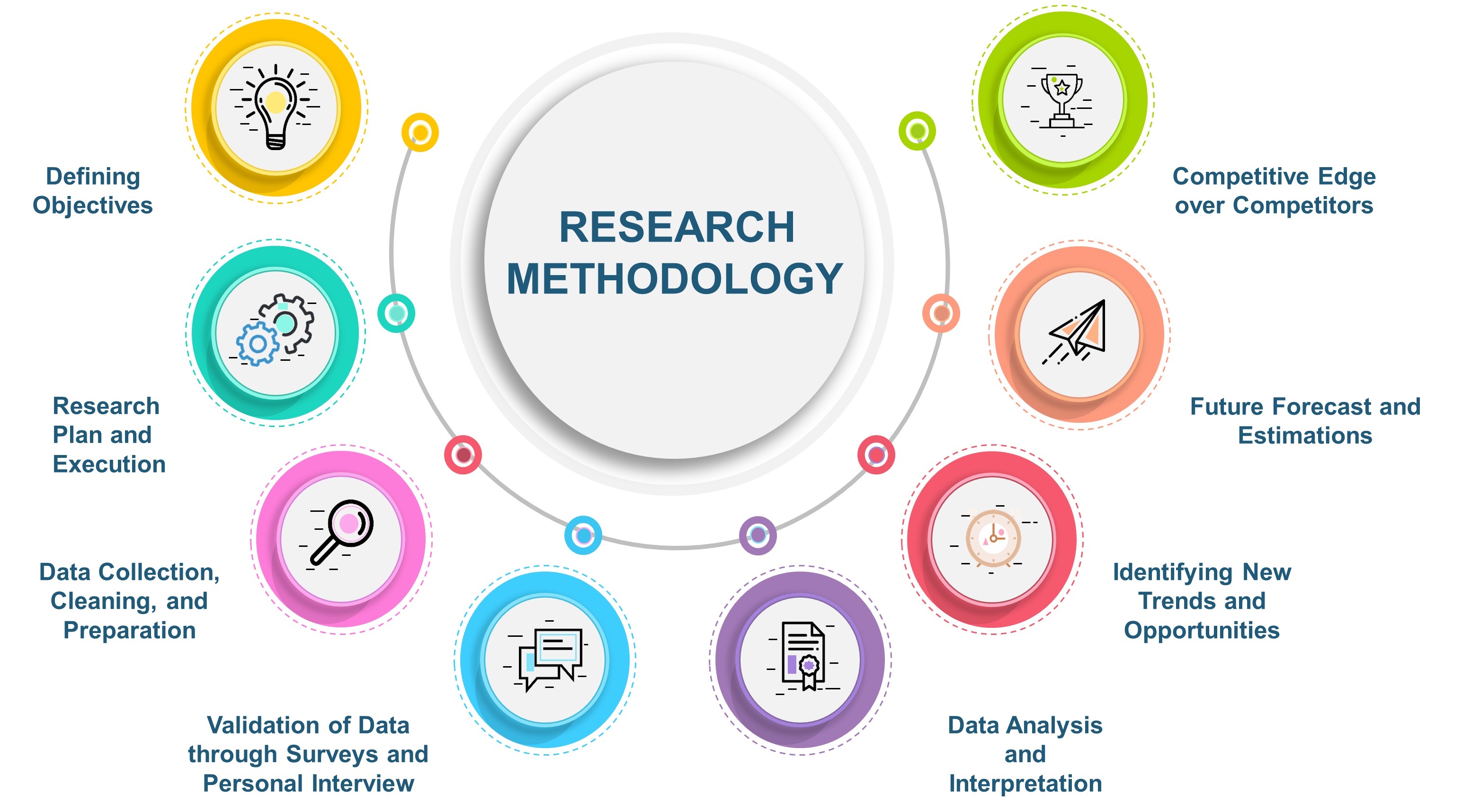
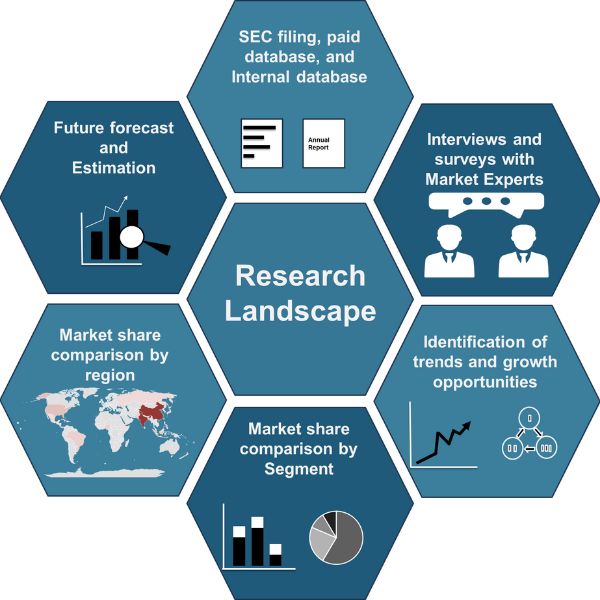

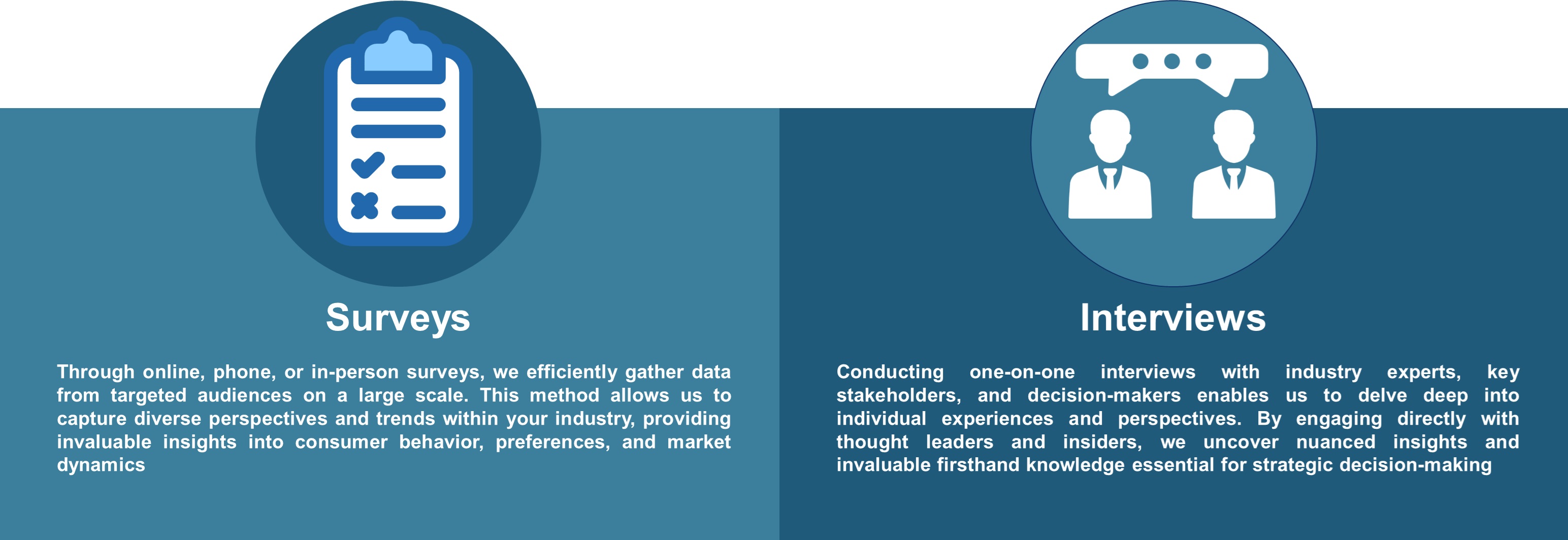



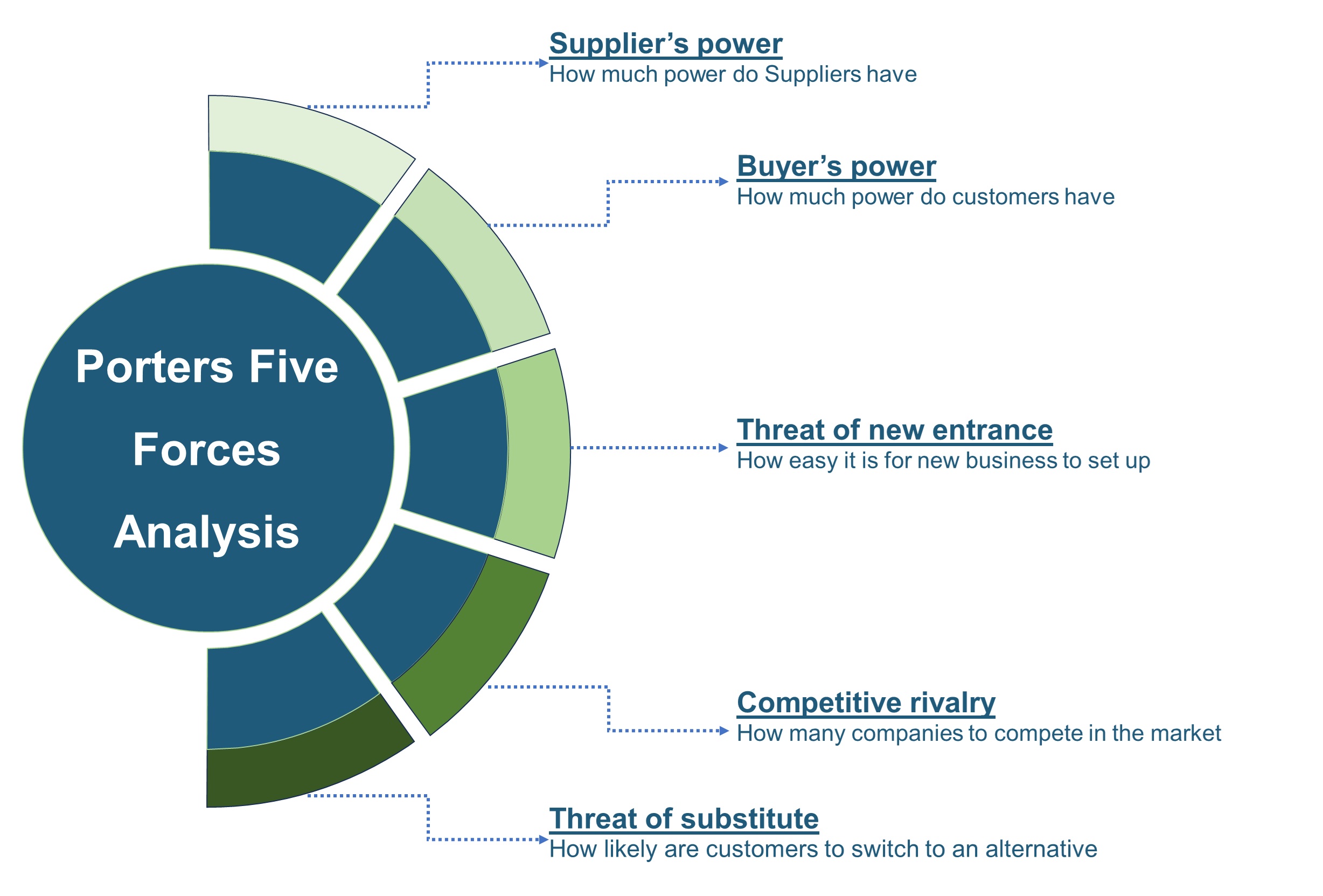

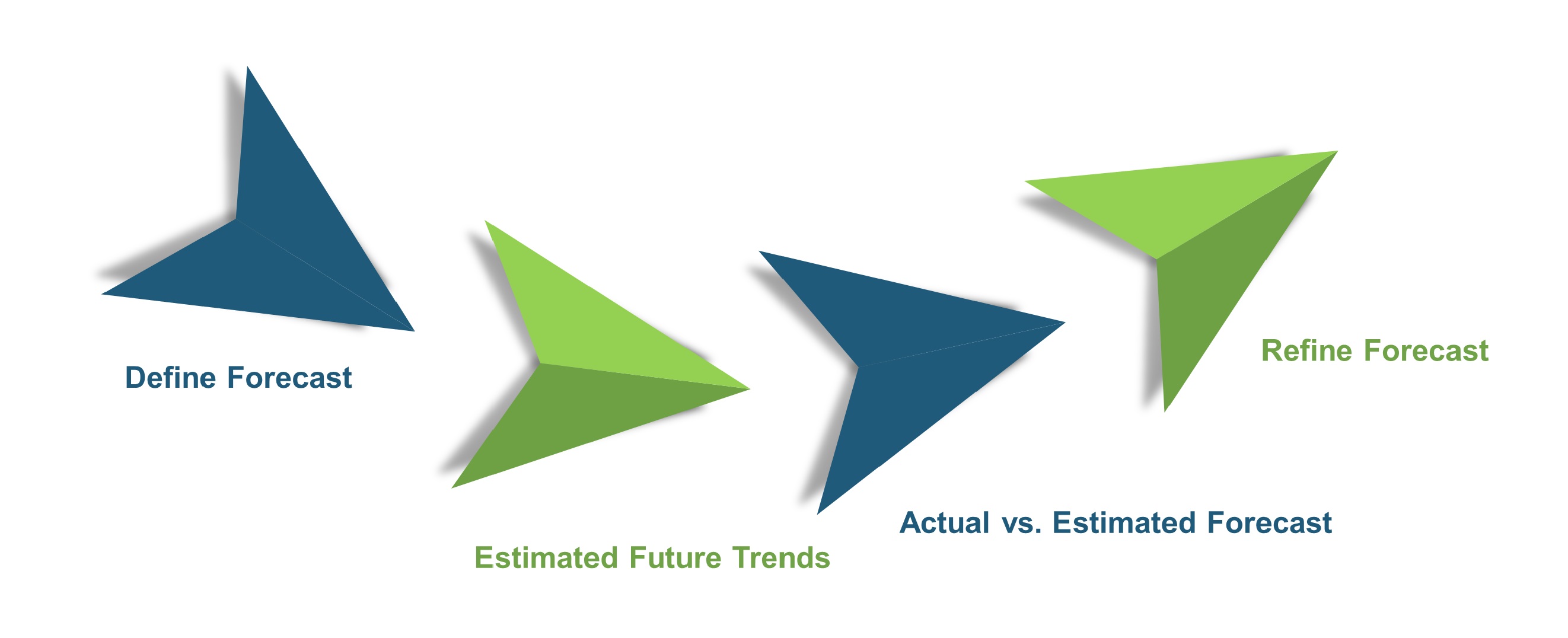
 Speak to Our Analyst
Speak to Our Analyst



